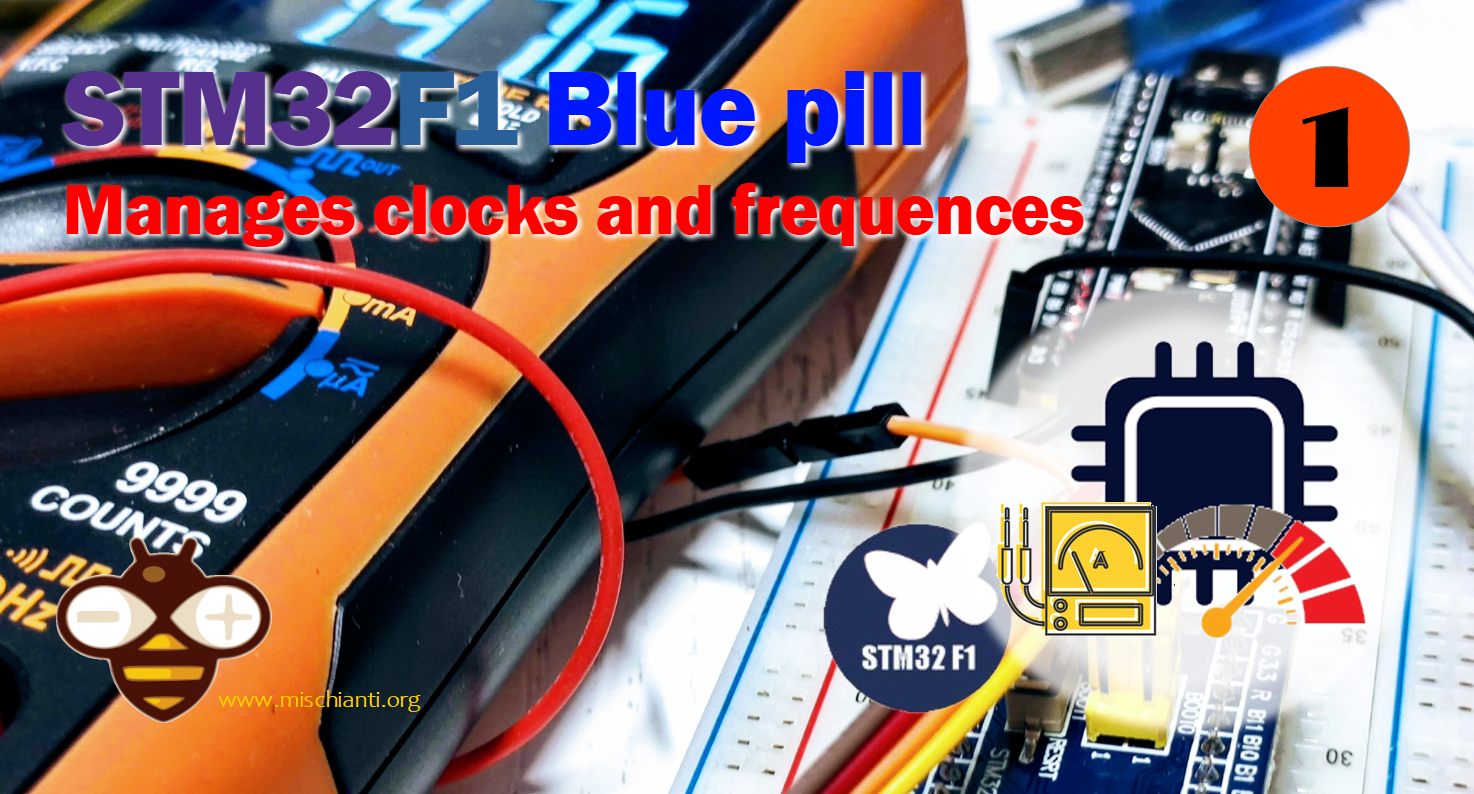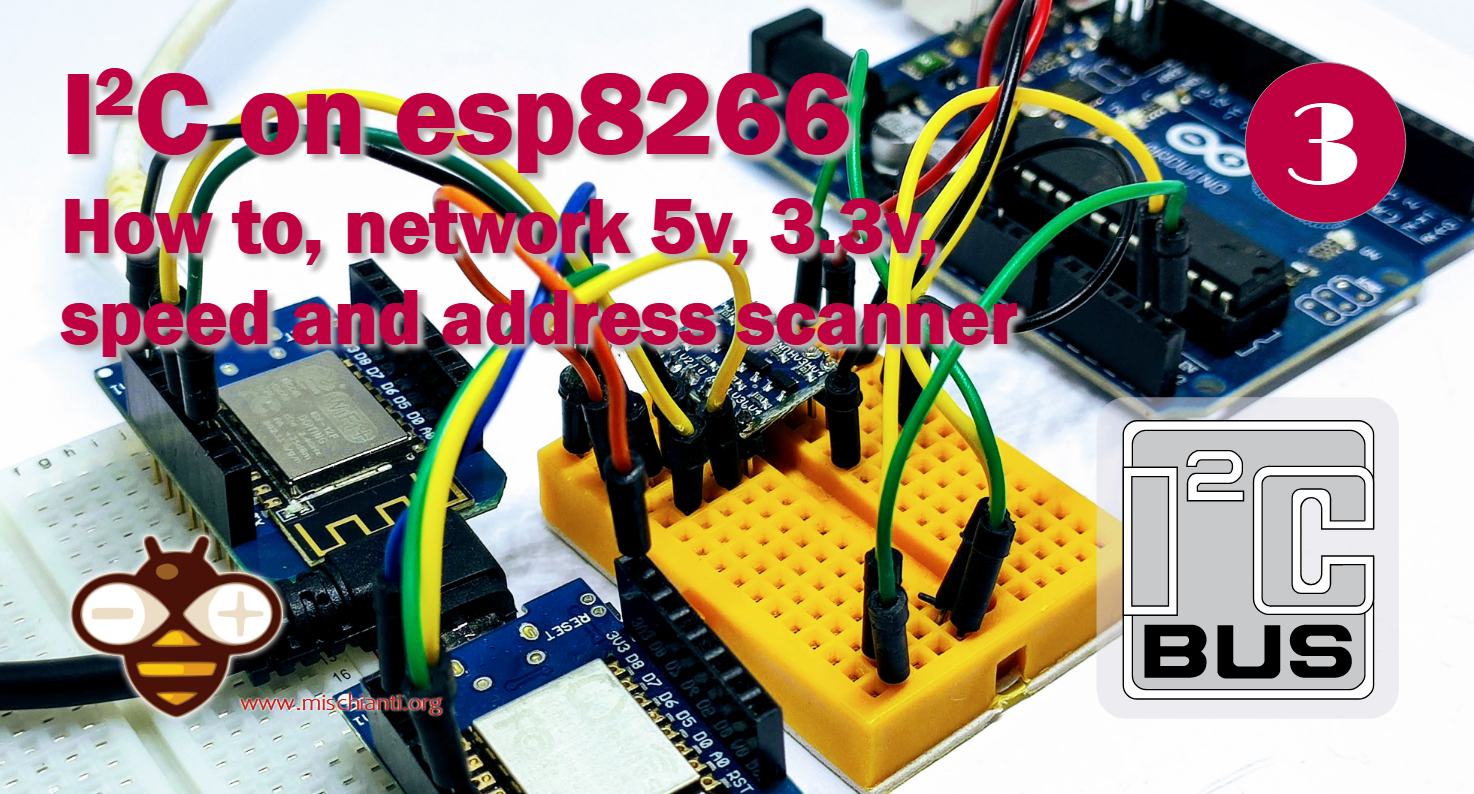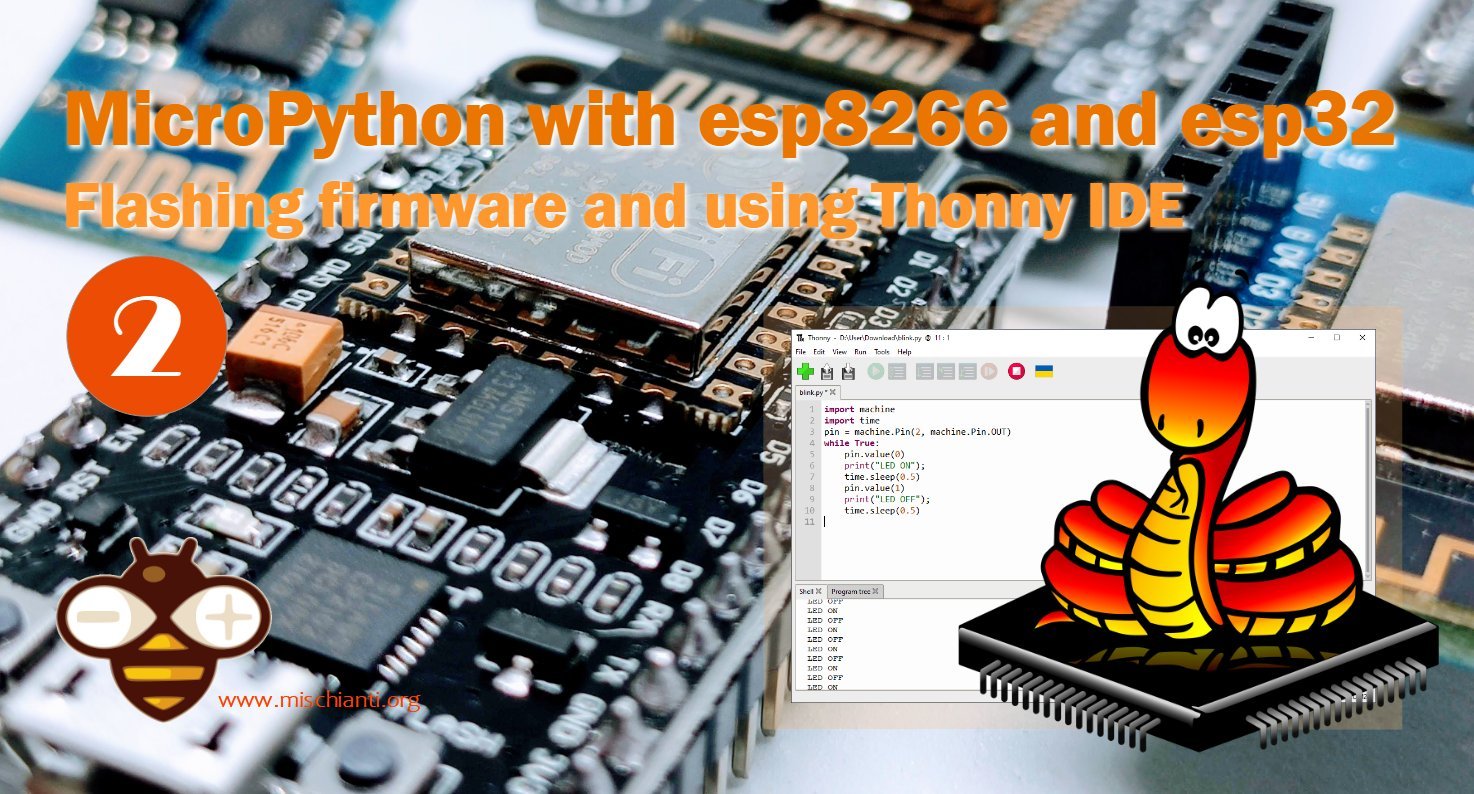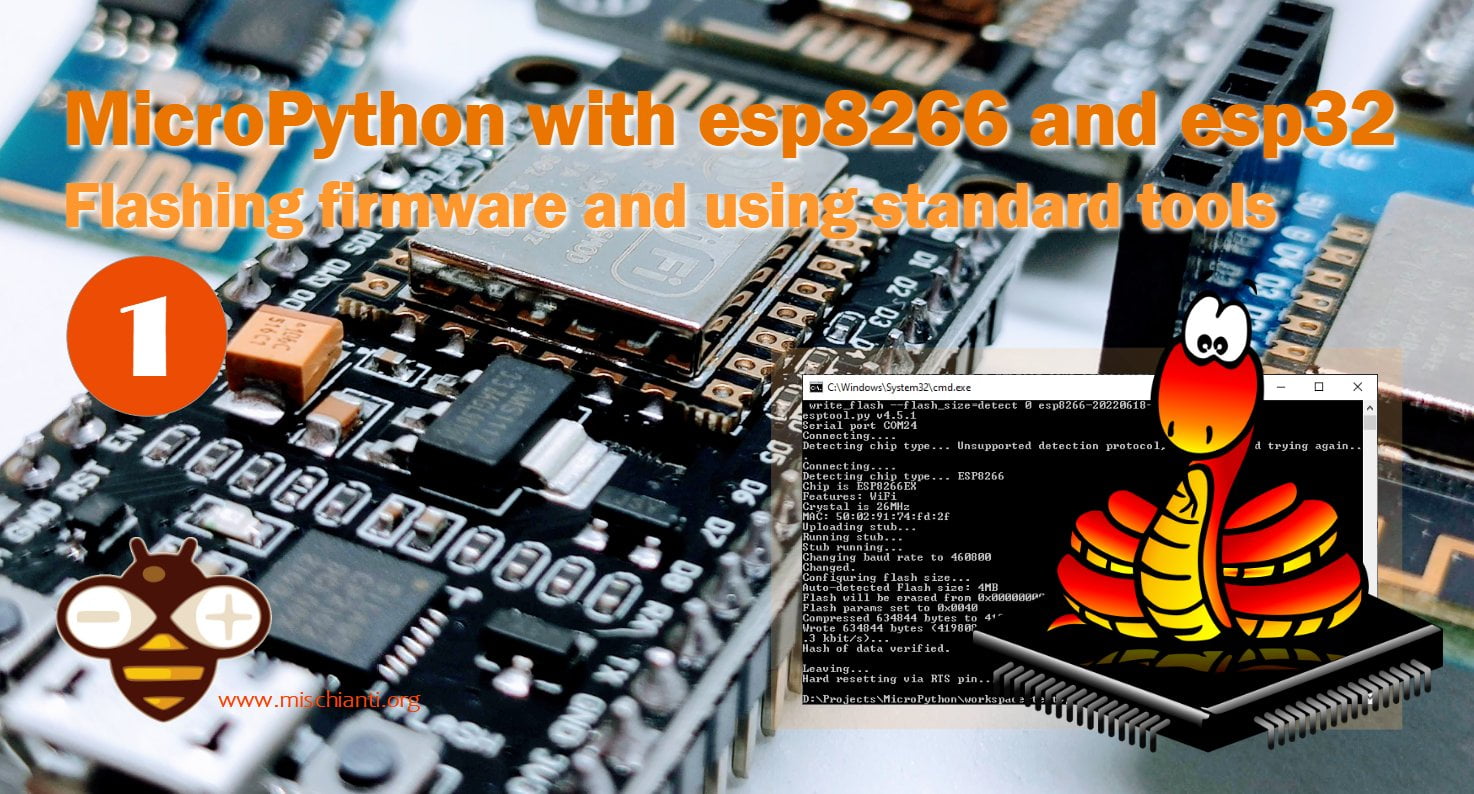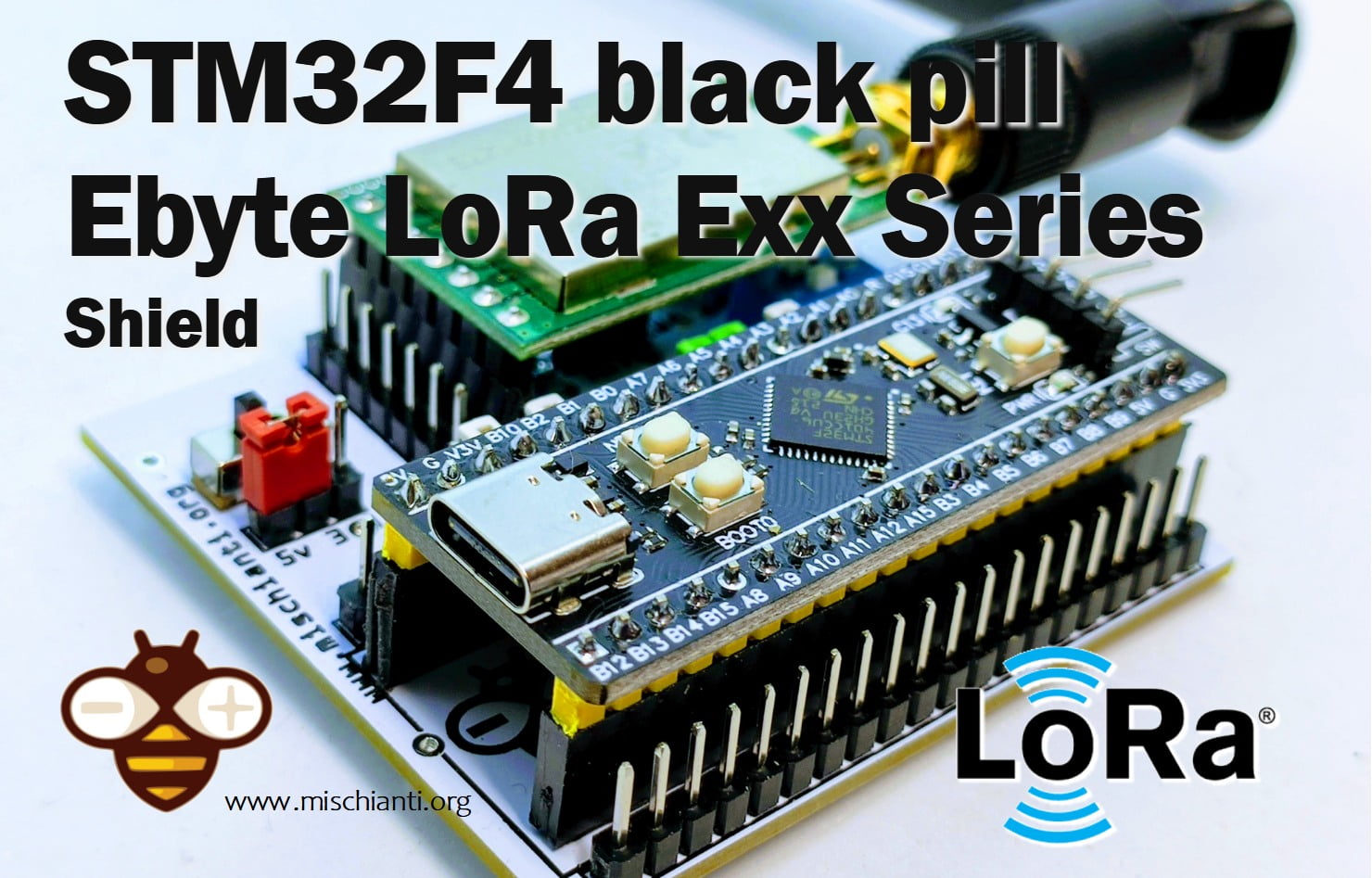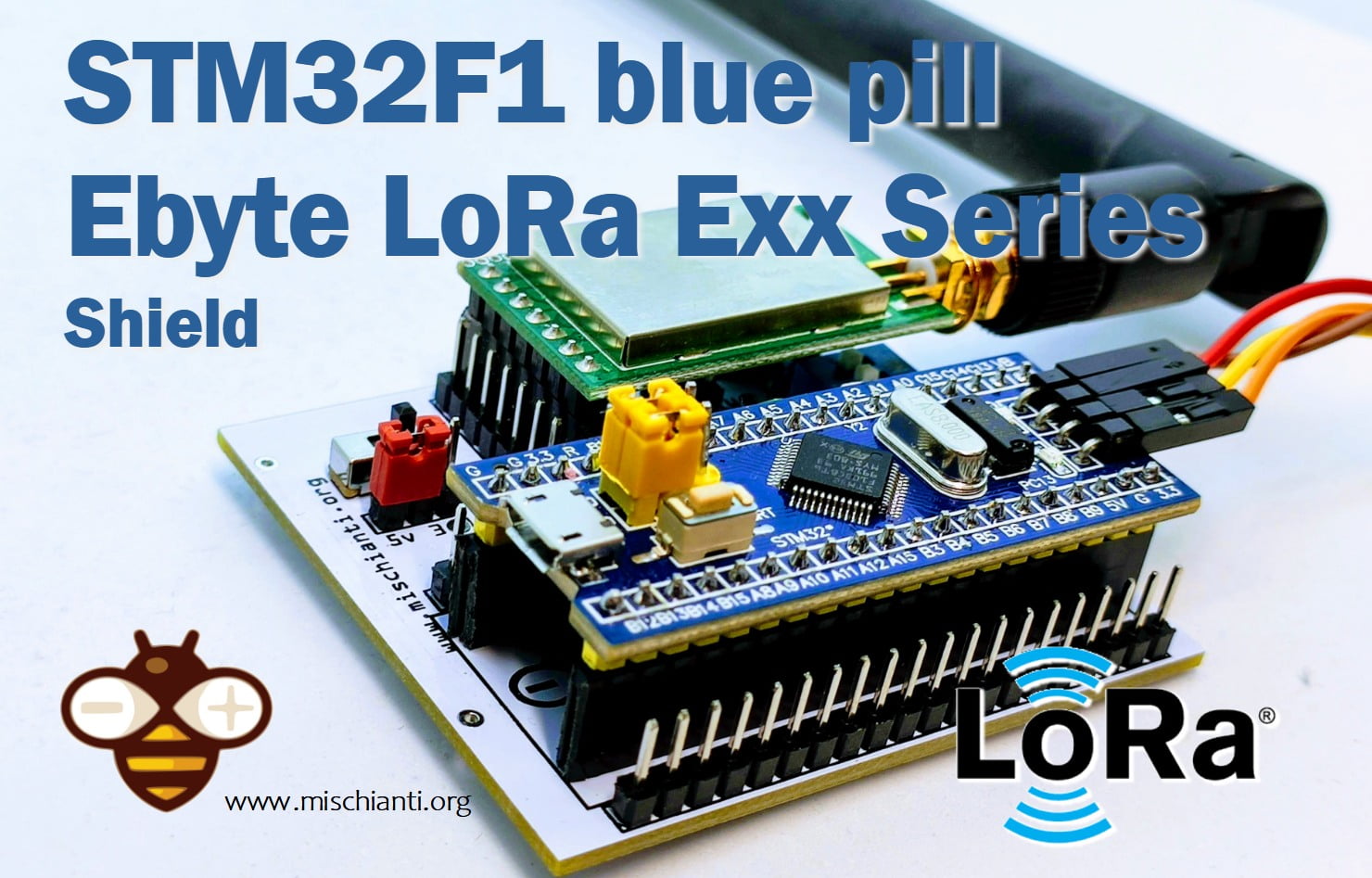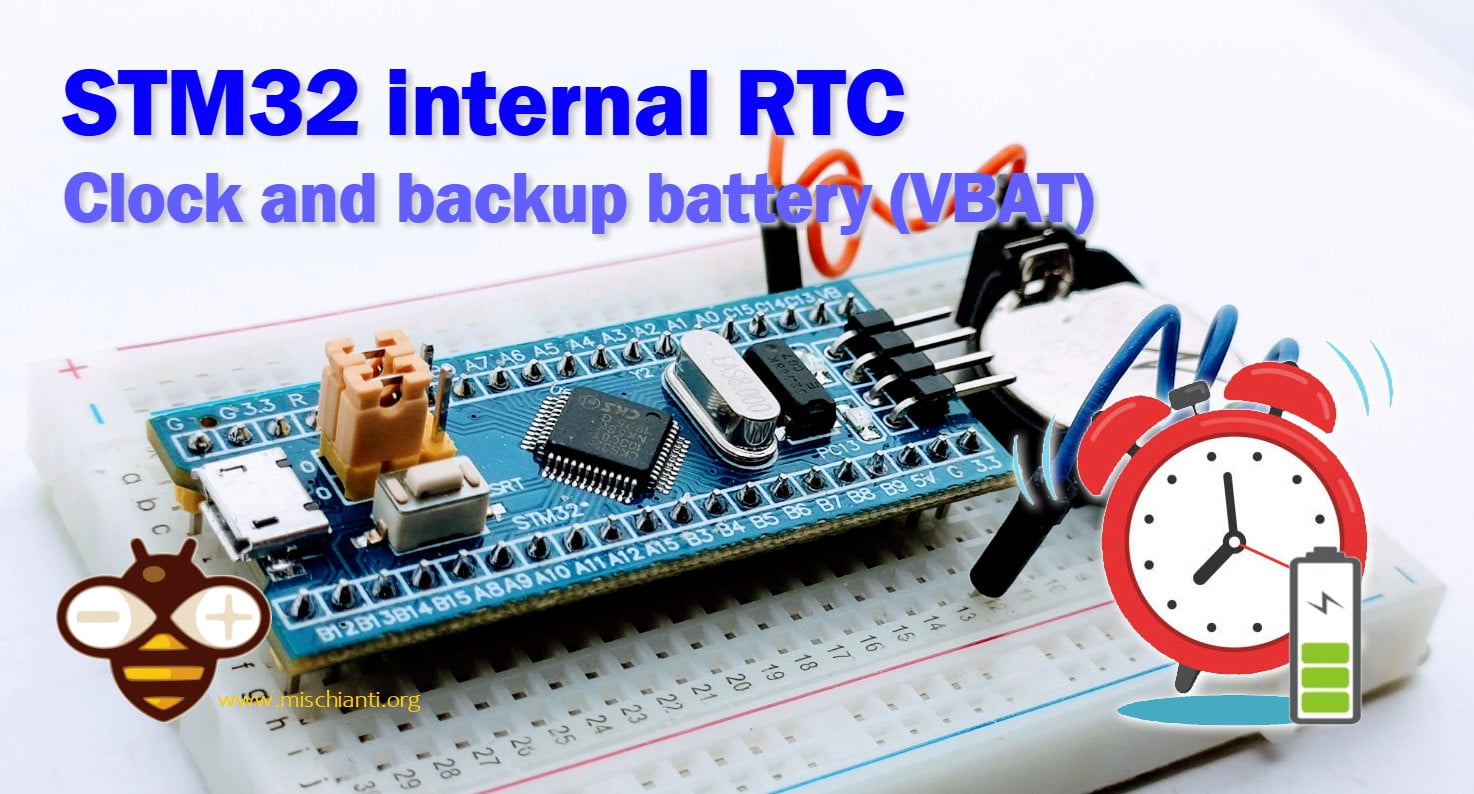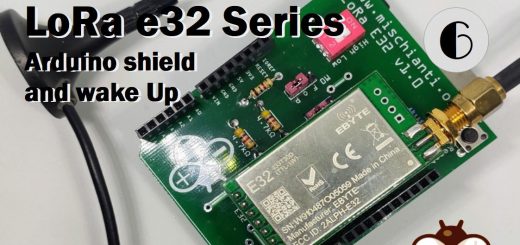STM32 Power saving: STM32F4 black-pill manages clock and frequencies – 2
An essential factor of our micro-controllers is power consumption. As usual, I started to analyze that aspect without entering the detail for sleep mode but with some alternative solutions offered by the micro controller.
Now we are going to examine the management of clock frequencies of STM32F4 series.


